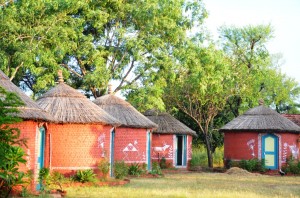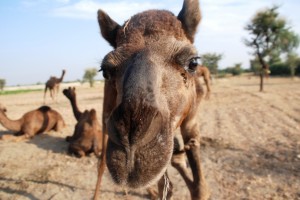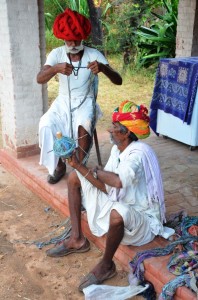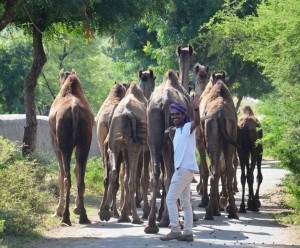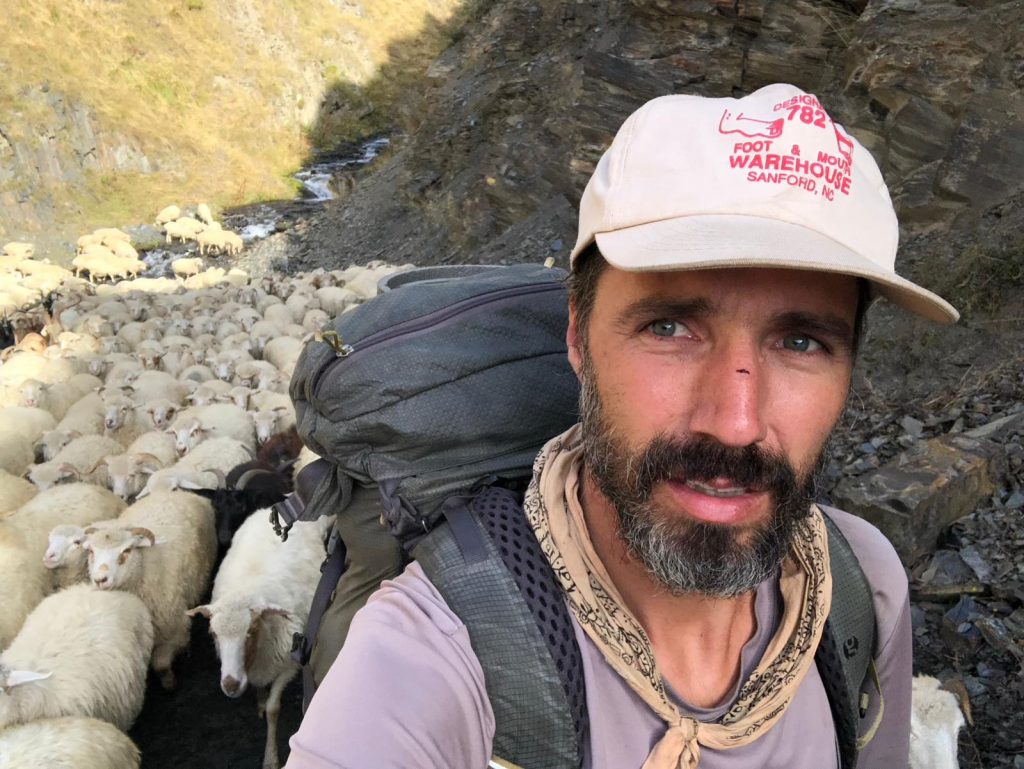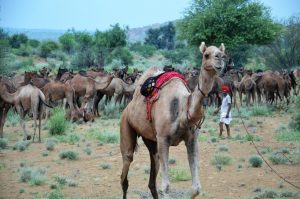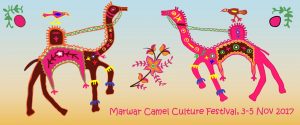Download PDF
LPPS is one of the several organizations including Sahjeevan in Gujarat that are requesting a modification of the camel milk standards proposed by the Food Safety and Standrads Authority of India. It has written a letter to that effect, stating
“We are extremely concerned that the standard for camel milk has been set at 3% fat content, since camel milk fat content in India can naturally be as low as 1.9% fat, especially at the end of the dry season. Our own controlled tests of camel milk produced in our part of Rajasthan have shown that fat content fluctuates between 1.9 and more than 4% throughout the year and depending on the forage consumed by camels. We believe the research of the National Research Centre on camels has come up with the same results.”
The letter also refers to the authoritative work on camel milk by the Food and Agriculture Organization FAO which indicates that in drought conditions, fat content can be as low as 1,1 %.
LPPS sincerely hopes that the FSSAI will quickly modify its standrad for the benefit of both camel breeders and consumers who are least concerned about fat content and mainly require pure and unadulterated camel milk that lives up to its medicinal properties for many autistic children.
See this blog by Dr. Ilse Köhler-Rollefson on how LPPS is establishing a back-tracking system to ensure delivery of unadulterated camel milk to its customers and an article in National Geographic magazine about the importance of developing a camel dairy sector in Rajasthan for the state’s nomadic Raika.
On 2nd December, when the Living Lightly Exhibition was inaugurated at the Indira Gandhi National Centre of the Arts in Delhi, it was announced by India’s Food Safety and Standards Authority that camel milk had finally made it onto the list of recognized food items – a long awaited move considering the urgency of creating an economic rationale for camel breeding. Gujarat’s Amul dairy also promised that camel milk would be on the shelves in supermarkets throughout the country within three months.
Overall this news is great, but the standard of 3% fat content set by the FSSAI for camel milk is worrying. Its a well proven fact that camel milk fluctates in its composition and, in the hot and dry months, fat content can go well below 2%. More advocacy is neded in order to rectify this!
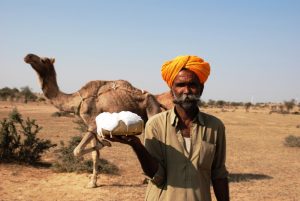
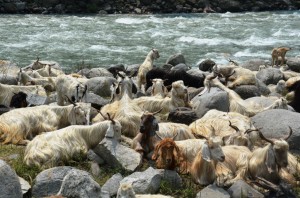 From 13-15 May, 2016, experts from all over India will meet in Kullu (Himachal Pradesh) to assess and estimate the number of India’s pastoralists. Together with LPP and the Foundation for Ecological Security, LPPS is one of the supporters of this event. The objctive is to demonstrate the need for a supportive policy environment for pastoralists as a major contributors to the country’s livestock economy.
From 13-15 May, 2016, experts from all over India will meet in Kullu (Himachal Pradesh) to assess and estimate the number of India’s pastoralists. Together with LPP and the Foundation for Ecological Security, LPPS is one of the supporters of this event. The objctive is to demonstrate the need for a supportive policy environment for pastoralists as a major contributors to the country’s livestock economy.
More people need to understand the predicaments of pastoralists and Rajasthan’s camel pastoralists need our moral support and extra income! For this reason, LPPS will be offering “dinner among camels”, visits to Raika camel herds and families, and make some of its guestrooms available for people who would like to learn more about camels and the Raika. Please let us know in advance if you are interested – contact us at lpps.sadri1996@gmail.com.

